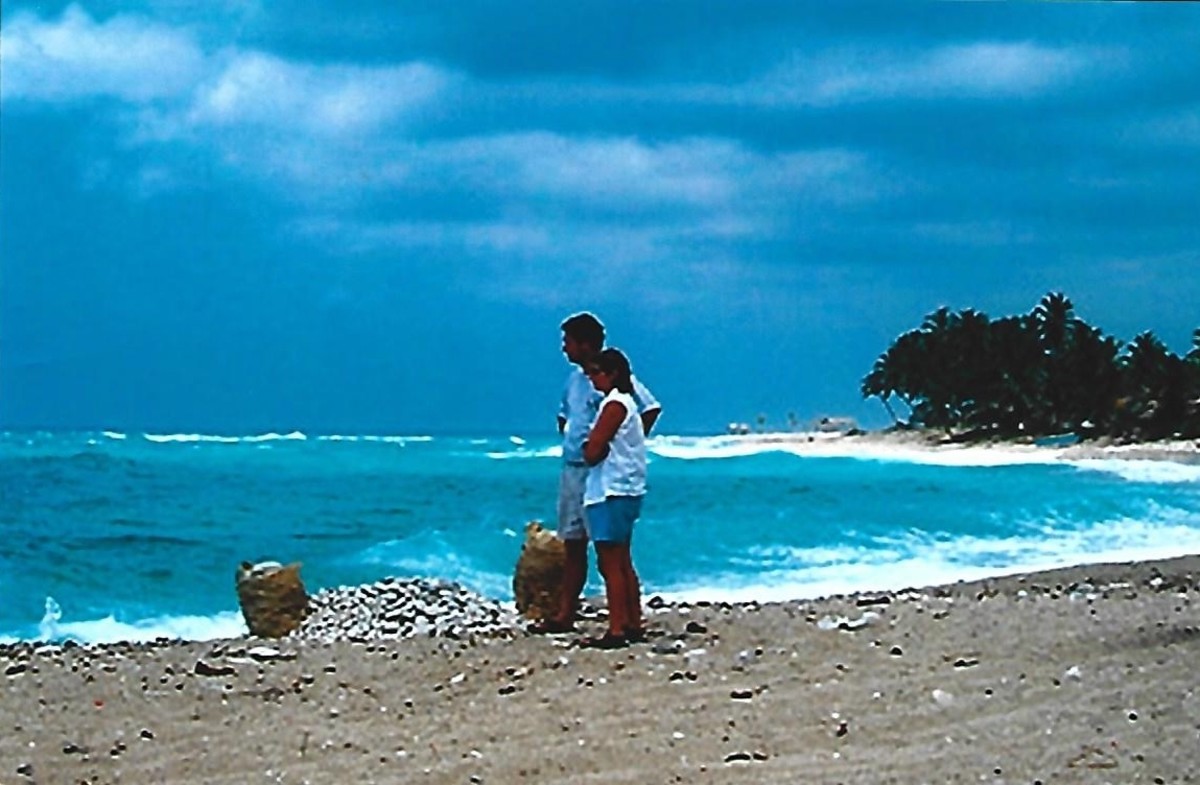Review: The Farming of Bones by Edwidge Danticat
The Farming of Bones of Danticat is a story of Amabelle Desir’s, a Haitian housekeeper of a rich Dominican family, struggle against the ruthless racial inequity and discrimination of her time: the suppressing hand of the Dominican ruling community over poor Haitians. The story started out well where Amabelle and other Haitians, particularly the laborers and sugarcane cutters, worked without any tension towards the landowners of Alegria. Yet the point of conflict came when two significant episodes of the novel unfolded: the death of Joel, a cane cutter who was accidentally killed by Don Ignacio and Señor Pico, Amabelle’s Dominican superiors, and Generalissimo Trujillo’s plan of “cleaning the Dominican Republic”. As part of the plan, thousands of Haitians living and working in the Dominican region were killed by soldiers using bayonets and machetes. Amabelle, Yves and other Haitians who once lived in the other side of the border survived and successfully reached their true home. But the massacre left them scars of killing and remained haunting them about the cruelty of the Dominicans to Haitians.
The novel serves as an expose of a true historical tragedy in the island where Danticat was born. The story goes back to 1937 – the year when Generalissimo Rafael Trujillo Molina was at his peak as the Dominican Republic’s president and decreed slaughter of all Haitians in Dominican land, which itself is the climax of the novel. The Dominican army and high-class society in the novel took part in the killing of the Haitians, which in reality ranged from 15,000 to 20,000 Haitians. Using the word ‘parsley’/ ‘perejil’, Dominican soldiers were able to identify Haitians in the land and take them as victims for slaughter. Such part also is an allusion to a biblical story of Jephthah-Ephraim dispute which also used the same strategy (with the word ‘shibboleth’) as stated in Judges.
Generally, Danticat succeeded in presenting major historical controversies in the past of the Hispaniola Island through her novel and its fictional characters. It came out that Farming of the Bones is a recall of how the Dominicans held racist acts at that period and considered Haitians as their antithesis, inferior, and threat to their development.
References:
Books
Danticat, E. (1998). The farming of bones. New York: Penguin Books.
Guerin, W., et al (1966). A handbook of critical approaches to literature. USA: Harper & Row Publishers, Inc.
Websites
The Conflict Between Haiti and the Dominican Republic by Jalisco Lancer. Retrieved at http://www.allempires.com/article/index.php?q=conflict_haiti_dominican
70 Years Ago in the Dominican Republic… Retrieved at http://fowomouvriye.org/Bulletins/001/70YearsAgo.html








